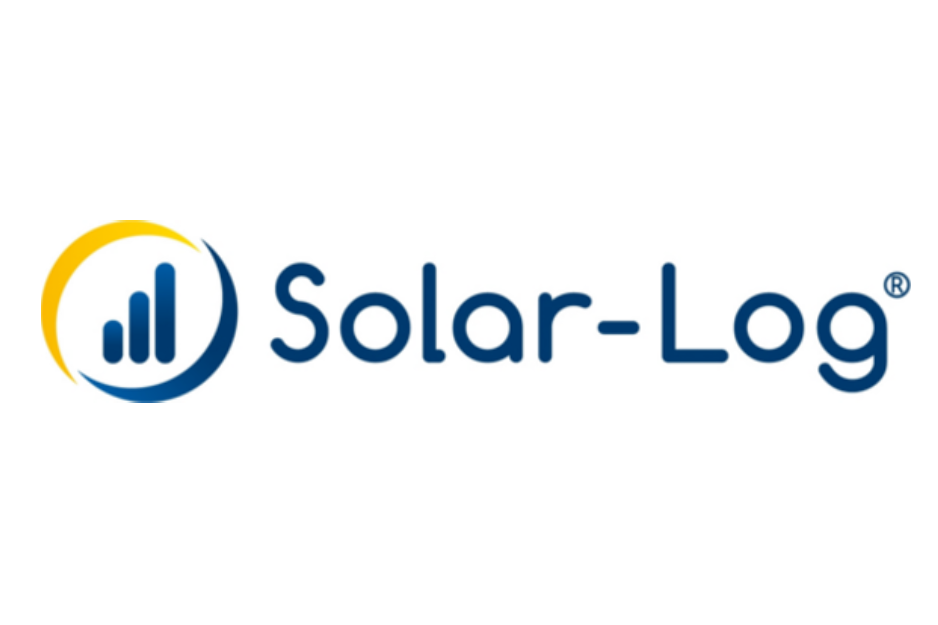
Supported Devices
| Device Type | Modbus TCP (Ethernet) | RS485 |
|---|---|---|
| Solar-Log 400e Gateway | ✅ | ❌ |

Configuration steps
Prerequisite: the Solar-Log 400e is powered and connected to the local network via Ethernet (DHCP by default).
-
Find the IP address
Use your router’s DHCP list or a network scanner to locate the Solar-Log 400e on port 80. -
Verify local API
Openhttp://<IP-address>/pc.js?min0in a browser.
A plain-text JavaScript file should appear – this means the local API is enabled. -
Add the device in Sofar
- Go to Integrations → Add device.
- Choose Solar-Log Gateway Local API.
- Enter the IP address, keep the default port 80 and confirm.
- The gateway and its attached inverters will be detected automatically.
-
(Optional) Static IP
For stable operation, reserve the IP in your DHCP server or configure a static address in the Solar-Log web UI (Settings → Network).
Metrics exposed
| Key | Description | Unit |
|---|---|---|
actualPowerTot_W | Instantaneous AC power of the PV plant | W |
producedEnergyDeltaTot_Wh | Energy produced since previous read-out¹ | Wh |
importedEnergyDeltaTot_Wh | Imported energy (if the gateway measures it) | Wh |
exportedEnergyDeltaTot_Wh | Exported energy (feed-in) | Wh |
¹ The driver integrates actualPowerTot_W over time when absolute kWh
counters are not available.
Troubleshooting
-
No data / status 302 – check that
/pc.js?min0returns HTTP 200 and contains the variablesSerialnr,Pac,SLTyp,WRTyp.
A redirect or login page indicates the local API is disabled. -
Power always zero – firmware < 2.1 may report
Pac=0.
Update to a recent firmware from the Solar-Log support portal. -
Multiple gateways – be sure each Solar-Log has a unique hostname or static IP to avoid discovery conflicts.
Useful resources
- Solar-Log knowledge-base –
[https://www.solar-log.com/en/support/faq] - Modbus/TCP documentation – available in the “Downloads” section of the Solar-Log portal.